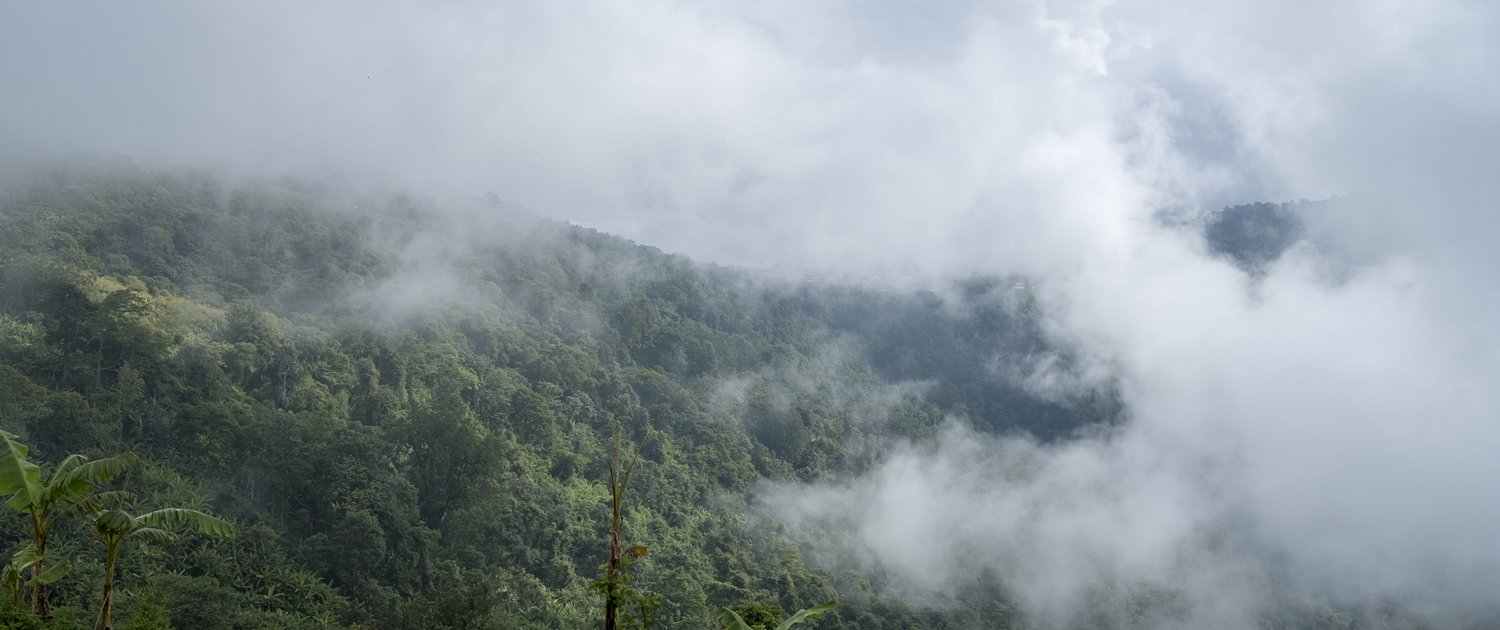What factors affect water availability?
A range of factors affect water availability, including climate, geology, pollution of supply, over-abstraction, limited infrastructure and poverty.
How does climate affect water availability?
Countries experiencing high levels of rainfall usually have a water surplus. However, the ability to store fresh water, either underground in aquifers or lakes and reservoirs, before being transported is incredibly important. Some regions experiencing high rainfall may not be able to store it, or it may not fall in areas with a high demand for water. Areas of low rainfall are likely to experience water stress.
How does geology affect water availability?
Geology, or the type of bedrock in an area, considerably influences water availability. Under certain geological conditions, aquifers can form. An aquifer is a large underground storage space for water. In many parts of the world, such as the Middle East and the UK, aquifers are very important freshwater sources. Aquifers can have high permeability so water can flow easily in this layer. There is always a barrier below an aquifer that will not let water pass through to lower layers.
How does the pollution of supply affect water availability?
Water pollution can have a significant impact on water availability. Pollution from domestic sewage, industrial processes and agriculture can lead to water stress. Water pollution is a major problem in some LICs and NEEs.
How does over-abstraction affect water availability?
Over-abstraction means removing more water from a source than can be replaced. This is particularly a problem where aquifers have formed during wetter conditions but are now being over-abstracted. This situation currently exists in the Middle East.
How does limited infrastructure affect water availability?
Many LICs and NEEs lack the ability to transport water through an infrastructure that includes pipes and canals. The cost of introducing infrastructure to transport water, along with energy-intensive facilities such as pumping stations, is very restrictive for many LICs. Even in some HICs, such as China and the UK, where areas of water surplus do not match demand, large-scale infrastructure developments are needed.
How does poverty affect water availability?
The cost of fresh water can be prohibitive to poor people in LICs and NEEs. This causes people to rely on water from potentially polluted wells or bottled water.
Related Topics
Use the images below to explore related GeoTopics.



